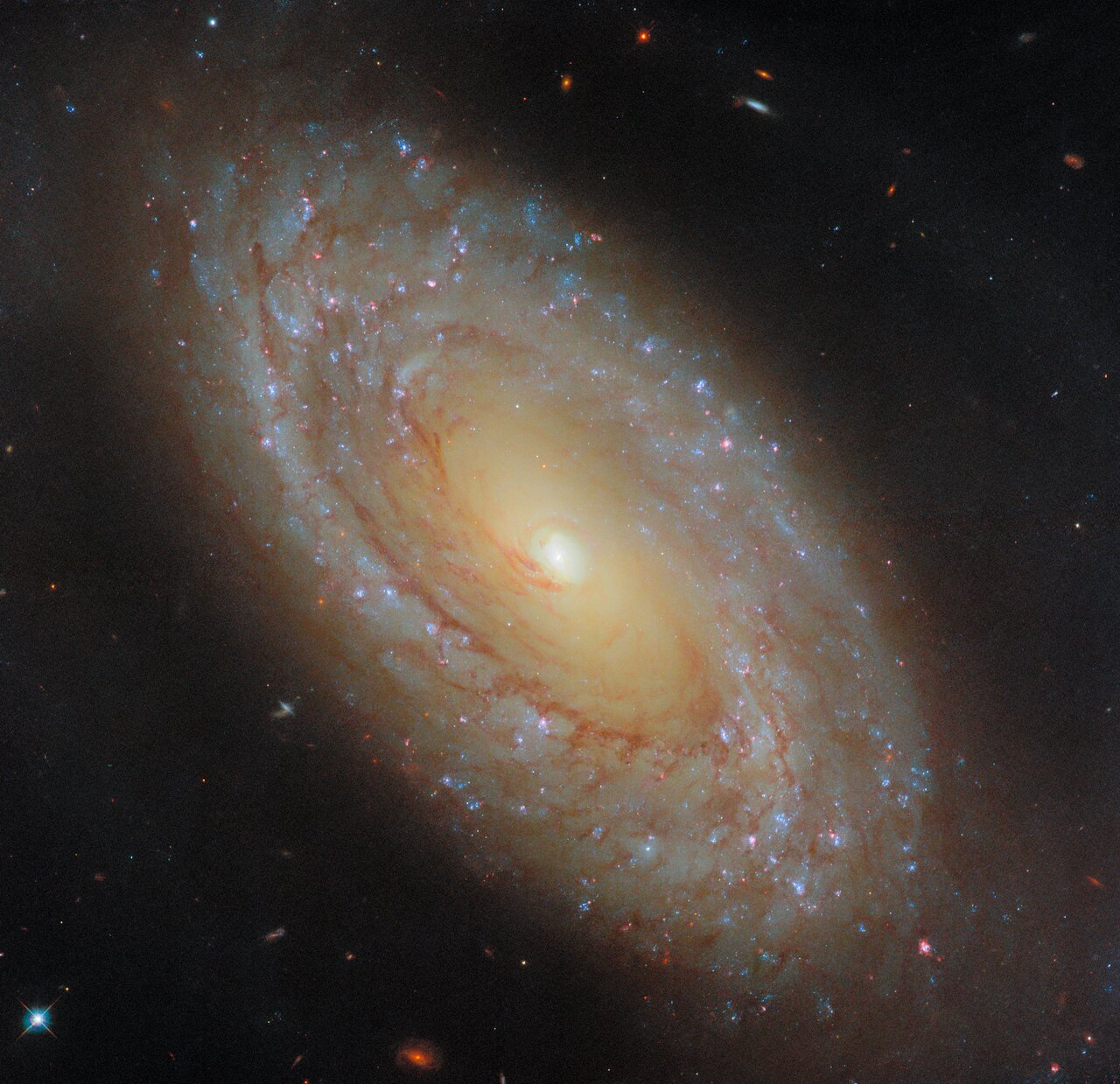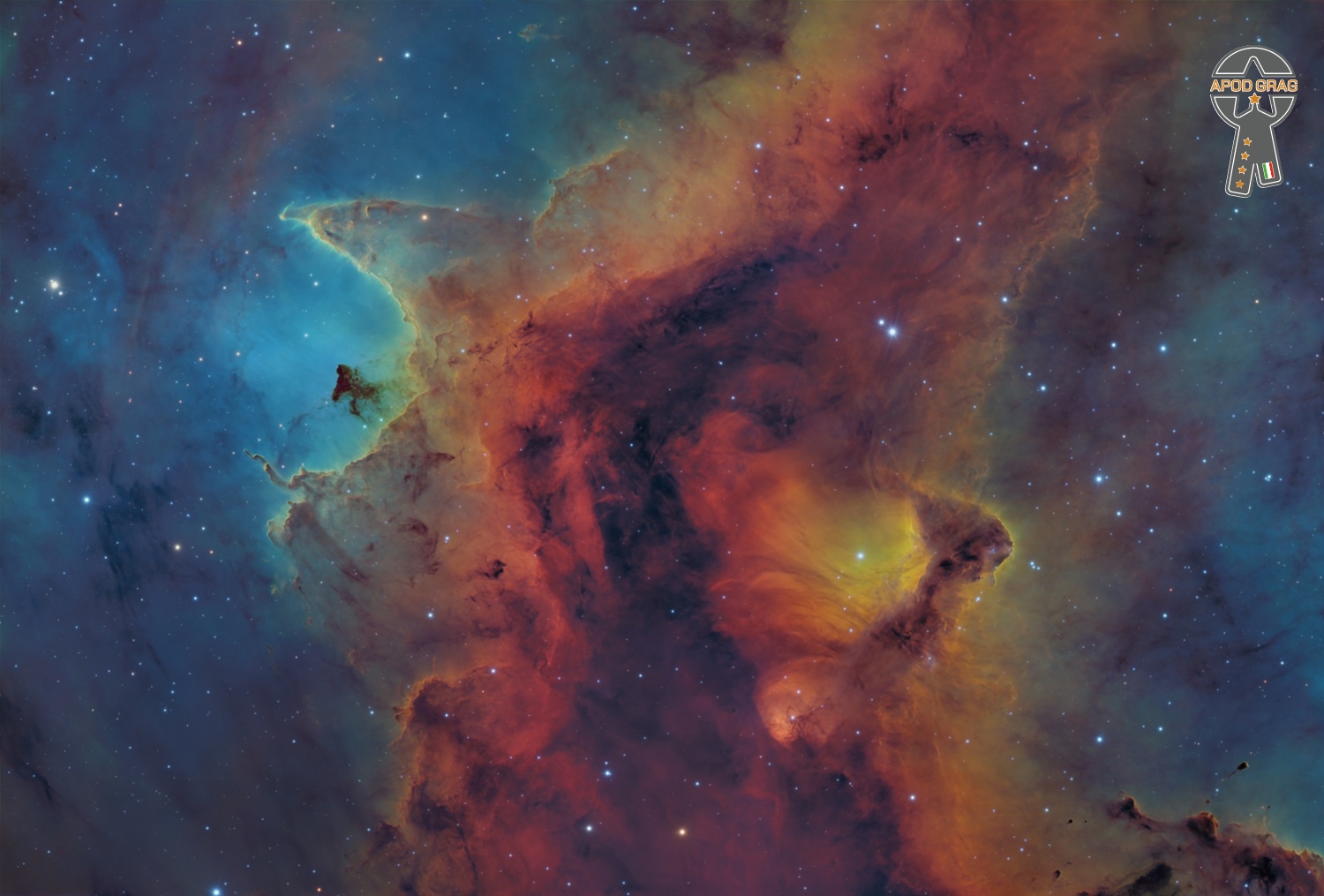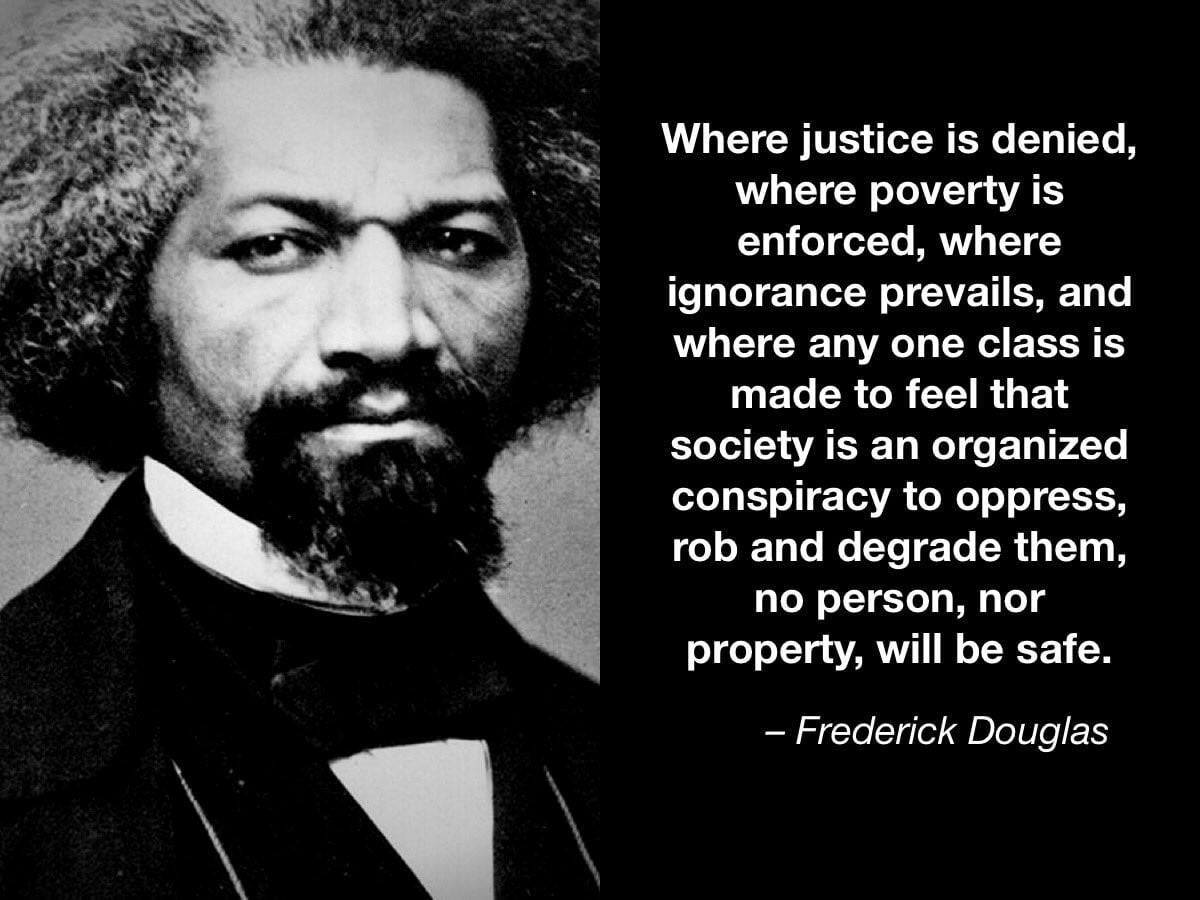Blog
This NASA/ESA Hubble Space Telescope Picture of the Week features the picturesque spiral galaxy NGC 4941, which lies about 67 million light-years from Earth in the constellation Virgo (The Maiden). Because this galaxy is nearby, cosmically speaking, Hubble’s keen instruments are able to pick out exquisite details such as individual star clusters and filamentary clouds of gas and dust.
The data used to construct this image were collected as part of an observing programme that investigates the star formation and stellar feedback cycle in nearby galaxies. As stars form in dense, cold clumps of gas, they begin to influence their surroundings. Stars heat and stir up the gas clouds in which they are born through winds, starlight, and — eventually, for massive stars — by exploding as supernovae. These processes are collectively called stellar feedback, and they impact the rate at which a galaxy can form new stars.
As it turns out, stars aren’t the only entities providing feedback in NGC 4941. At the heart of this galaxy lies an active galactic nucleus: a supermassive black hole feasting on gas. As the black hole amasses gas from its surroundings, the gas swirls into a superheated disc that glows brightly at wavelengths across the electromagnetic spectrum. Similar to stars — but on a much, much larger scale — active galactic nuclei shape their surroundings through winds, radiation, and powerful jets, altering not only star formation but also the evolution of the galaxy as a whole.
[Image Description: A spiral galaxy seen at a diagonal angle. Its very centre is a bright white glowing orb, surrounded by an inner disc of golden light. This is wrapped in a broad outer disc that glows more dimly, with patchy, broken spiral arms swirling around it, filled with small blue and pink star clusters. Dark reddish threads of dust also spiral through the disc, with some strands reaching into the core.]

more...
Franz Joseph Haydn (31 March 1732 – 31 May 1809) was an Austrian composer of the Classical period. He was instrumental in the development of chamber music such as the string quartet and piano trio. His contributions to musical form have led him to be called “Father of the Symphony” and “Father of the String quartet”.
Haydn arose from humble origins, the child of working people in a rural village. He established his career first by serving as a chorister at St. Stephen’s Cathedral, Vienna, then through an arduous period as a freelance musician. Eventually he found career success, spending much of his working life as music director for the wealthy Esterházy family at their palace of Eszterháza in rural Hungary. Though he had his own orchestra there, it isolated him from other composers and trends in music so that he was, as he put it, “forced to become original”. During this period his music circulated widely in publication, eventually making him the most celebrated composer in Europe. With the death of his primary patron Nikolaus Esterházy in 1790, Haydn was free to travel, and augmented his fame—now as a performer before the public—in both London and Vienna. The last years of his life (1803–1809) were spent in a state of debility, unable to compose due to poor health. He died in Vienna in 1809 at the age of 77.
Haydn was a friend and mentor of Mozart, a teacher of Beethoven, and the elder brother of composer Michael Haydn.
more...Johann Sebastian Bach (31 March [O.S. 21 March] 1685 – 28 July 1750) was a German composer and musician of the late Baroque period. He is known for his prolific output across a variety of instruments and forms, including the orchestral Brandenburg Concertos; solo instrumental works such as the cello suites and sonatas and partitas for solo violin; keyboard works such as the Goldberg Variations and The Well-Tempered Clavier; organ works such as the Schübler Chorales and the Toccata and Fugue in D minor; and choral works such as the St Matthew Passion and the Mass in B minor. Since the 19th-century Bach Revival, he has been widely regarded as one of the greatest composers in the history of Western music.
The Bach family already had several composers when Johann Sebastian was born as the last child of a city musician, Johann Ambrosius, in Eisenach. After being orphaned at age 10, he lived for five years with his eldest brother, Johann Christoph, then continued his musical education in Lüneburg. In 1703 he returned to Thuringia, working as a musician for Protestant churches in Arnstadt and Mühlhausen, and for longer periods at courts in Weimar, where he expanded his organ repertory, and Köthen, where he was mostly engaged with chamber music. In 1723 he was hired as Thomaskantor (cantor at St Thomas’s) in Leipzig. There he composed music for the principal Lutheran churches of the city and its university’s student ensemble Collegium Musicum. In 1726 he began publishing his keyboard and organ music. In Leipzig, as had happened during some of his earlier positions, he had difficult relations with his employer. This situation was somewhat remedied when his sovereign, Augustus III of Poland, granted him the title of court composer in 1736. In the last decades of his life, Bach reworked and extended many of his earlier compositions. He died of complications after a botched eye surgery in 1750 at the age of 65.
Bach enriched established German styles through his mastery of counterpoint, harmonic and motivic organisation, and his adaptation of rhythms, forms, and textures from abroad, particularly Italy and France. His compositions include hundreds of cantatas, both sacred and secular. He composed Latin church music, Passions, oratorios, and motets. He often adopted Lutheran hymns, not only in his larger vocal works but, for instance, also in his four-part chorales and his sacred songs. Bach wrote extensively for organand for other keyboard instruments. He composed concertos, for instance for violin and for harpsichord, and suites, as chamber music as well as for orchestra. Many of his works use contrapuntal techniques like canon and fugue.
In the 18th century Bach was primarily known as an organist, while his keyboard music, such as The Well-Tempered Clavier, was appreciated for its didactic qualities. The 19th century saw the publication of some significant Bach biographies, and by the end of that century all of his known music had been printed. Dissemination of scholarship on the composer continued through periodicals (and later also websites) exclusively devoted to him and other publications such as the Bach-Werke-Verzeichnis (BWV, a numbered catalogue of his works) and new critical editions of his compositions. His music was further popularised through a multitude of arrangements, including the Air on the G String and “Jesu, Joy of Man’s Desiring“, and of recordings such as three different box sets with complete performances of his oeuvre marking the 250th anniversary of his death.
more...Herb Alpert (born March 31, 1935 LA,CA) is an American trumpeter, pianist, songwriter, record producer, arranger, conductor, painter, sculptor and theatre producer, who led the band Herb Alpert & the Tijuana Brass (sometimes called “Herb Alpert and the TJB”) in the 1960s. During the same decade, he co-founded A&M Records with Jerry Moss.
Alpert has recorded 28 albums that have appeared on the U.S. Billboard 200 chart, five of which reached No. 1; he has been awarded 14 platinum albums and 15 gold albums. Alpert is the only musician to have reached No. 1 on the U.S. Billboard Hot 100 as both a vocalist (“This Guy’s in Love with You“, 1968) and as an instrumentalist (“Rise“, 1979).
Alpert has sold an estimated 72 million records worldwide. He has received many accolades, including a Tony Award and eight Grammy Awards, as well as the Grammy Lifetime Achievement Award. In 2006, he was inducted into the Rock and Roll Hall of Fame. Alpert was awarded the National Medal of Arts by Barack Obama in 2012.
more...Frederick William Green (March 31, 1911 – March 1, 1987) was an American swingjazz guitarist who played rhythm guitar with the Count Basie Orchestra for almost fifty years. Throughout his career, Green played rhythm guitar, accompanying other musicians, and he rarely played solos. “His superb timing and … flowing sense of harmony … helped to establish the role of the rhythm guitar as an important part of every rhythm section.” Green did play a solo on the January 16, 1938, Carnegie Hall concert that featured the Benny Goodman big band. In the jam session on Fats Waller‘s “Honeysuckle Rose,” Green was the rhythm guitarist for the ensemble, which featured Basie, Walter Page(Basie’s bassist), and musicians from Duke Ellington‘s band. After Johnny Hodges’ solo, Goodman signalled to Green to take his own solo, which the musician Turk Van Lake described in his commentary on the reissued 1938 Carnegie Hall concert as a “startling move.
more...Major “Big Maceo” Merriweather (March 31, 1905 – February 23, 1953) was an American pianist and blues singer. He was mainly active in Chicago through the 1940s.
Born in Newnan, Georgia, he was a self-taught pianist. In the 1920s, he moved to Detroit, Michigan, to begin his music career. He moved to Chicago in 1941, where he made the acquaintance of Tampa Red. Red introduced him to Lester Melrose of RCA Victor and its subsidiary label Bluebird Records, who signed Merriweather to a recording contract. Merriweather suffered a stroke in 1946. He died of a heart attack on February 23, 1953, in Chicago and was interred at the Detroit Memorial Cemetery, in Warren, Michigan.
more...Tracy Chapman (born March 30, 1964) is an American singer-songwriter, widely known for her hit singles “Fast Car” (1988) and “Give Me One Reason” (1995).
She was signed to Elektra Records by Bob Krasnow in 1987. The following year she released her debut album, Tracy Chapman, which became a commercial success, boosted by her appearance at the Nelson Mandela 70th Birthday Tribute concert, and was certified 6× Platinum by the Recording Industry Association of America. The album received six Grammy Award nominations, including one for Album of the Year, three of which she won: Best New Artist, Best Female Pop Vocal Performance for her single “Fast Car”, and Best Contemporary Folk Album. In 1989, she released her second album, Crossroads, which earned her an additional Grammy Award nomination for Best Contemporary Folk Album. Her third album, Matters of the Heart, followed in 1992.
Her fourth album, New Beginning, was released in 1995 and became another worldwide success. It was certified 5× platinum by the RIAA and yielded the hit single “Give Me One Reason”, which earned her the Grammy Award for Best Rock Song. Five years would pass before the release of her fifth album, Telling Stories (2000). Let It Rain and Where You Live followed in 2002 and 2005, respectively. Her most recent studio album, Our Bright Future, was released in 2008. The remastered compilation album Greatest Hits, which she curated, was released in 2015.
In 2023, Chapman became the first black person to score a country number one with a solo composition, and to win the Country Music Association Award for Song of the Year, when Luke Combs covered her song “Fast Car”.
more...“This cosmic close-up looks deep inside the Soul Nebula. The dark and brooding dust clouds outlined by bright ridges of glowing gas are cataloged as IC 1871. About 25 light-years across, the telescopic field of view spans only a small part of the much larger Heart and Soul nebulae. At an estimated distance of 6,500 light-years the star-forming complex lies within the Perseus spiral arm of the Milky Way, seen in planet Earth’s skies toward the constellation Cassiopeia. An example of triggered star formation, the dense star-forming clouds of IC 1871 are themselves sculpted by the intense winds and radiation of the region’s massive young stars. This color image adopts a palette made popular in Hubble images of star-forming regions.”

Frankie Laine (born Francesco Paolo LoVecchio; March 30, 1913 – February 6, 2007 Chicago) was an American singer and songwriter whose career spanned nearly 75 years, from his first concerts in 1930 with a marathon dance company to his final performance of “That’s My Desire” in 2005. Often billed as “America’s Number One Song Stylist”, his other nicknames include “Mr. Rhythm”, “Old Leather Lungs”, and “Mr. Steel Tonsils”. His hits included “That’s My Desire”, “That Lucky Old Sun“, “Mule Train“, “Jezebel“, “High Noon“, “I Believe“, “Hey Joe!“, “The Kid’s Last Fight“, “Cool Water“, “Rawhide“, and “You Gave Me a Mountain“.
He sang well known theme songs for many Western film soundtracks, including 3:10 To Yuma, Gunfight at the O.K. Corral, and Blazing Saddles, although his recordings were not charted as country and western. Laine sang an eclectic variety of song styles and genres, stretching from big band crooning to pop, western-themed songs, gospel, rock, folk, jazz, and blues. He did not sing the soundtrack song for High Noon, which was sung by Tex Ritter, but his own version (with somewhat altered lyrics, omitting the name of the antagonist, Frank Miller) was the one that became a bigger hit. He also did not sing the theme to another show he is commonly associated with—Champion the Wonder Horse (sung by Mike Stewart)—but released his own, subsequently more popular, version.
Laine’s enduring popularity was illustrated in June 2011 when a TV-advertised compilation called Hits reached No. 16 on the UK Albums Chart. The accomplishment was achieved nearly 60 years after his debut on the U.K. chart, 64 years after his first major U.S. hit and four years after his death.
more...John Lee Curtis
“Sonny Boy” Williamson (March 30, 1914 – June 1, 1948) was an American blues harmonica player and singer-songwriter. He is often regarded as the pioneer of the blues harp as a solo instrument. He played on hundreds of recordings by many pre–World War II blues artists. Under his own name, he was one of the most recorded blues musicians of the 1930s and 1940s and is closely associated with Chicago producer Lester Melrose and Bluebird Records. His popular songs, original or adapted, include “Good Morning, School Girl“, “Sugar Mama“, “Early in the Morning“, and “Stop Breaking Down“.
Williamson’s harmonica style was a great influence on postwar performers. Later in his career, he was a mentor to many up-and-coming blues musicians who moved to Chicago, including Muddy Waters. In an attempt to capitalize on Williamson’s fame, Aleck “Rice” Miller began recording and performing as Sonny Boy Williamson in the early 1940s, and later, to distinguish the two, John Lee Williamson came to be known as Sonny Boy Williamson I or “the original Sonny Boy”. Williamson’s final recording session took place in Chicago in December 1947, in which he accompanied Big Joe Williams. On June 1, 1948, Williamson was killed in a robbery on Chicago’s South Side as he walked home from a performance at the Plantation Club, at 31st St. and Giles Avenue, a tavern just a block and a half from his home, at 3226 S. Giles. Williamson’s final words are reported to have been “Lord have mercy”.
more...
Norah Jones (born Geethali Norah Jones Shankar; March 30, 1979) is an American singer-songwriter and musician. She has won several awards for her music and, as of 2023, had sold more than 53 million records worldwide. Billboardnamed her the top jazz artist of the 2000s decade. She has won ten Grammy Awards and was ranked 60th on Billboard magazine’s artists of the ’00s decade chart.
In 2002, Jones launched her solo music career with the release of Come Away with Me, which was a fusion of jazz with country, blues, folk and pop. It was certified diamond, selling over 27 million copies. The record earned Jones five Grammy Awards, including the Album of the Year, Record of the Year, and Best New Artist, making her the first person of South Asian descent to win that many Grammy awards. Her subsequent studio albums Feels Like Home (2004), Not Too Late (2007), and The Fall(2009) all gained platinum status, selling over a million copies each.[8] They were also generally well received by critics. Jones made her feature film debut as an actress in My Blueberry Nights, which was released in 2007 and was directed by Wong Kar-Wai.
Jones is the daughter of Indian sitarist and composer Ravi Shankar, and is the half-sister of fellow Indian musicians Anoushka Shankar and Shubhendra Shankar.
more...Eric Patrick Clapton (born 30 March 1945) is an English rock and blues guitarist, singer, and songwriter. He is regarded as one of the most successful and influential guitarists in rock music. Clapton ranked second in Rolling Stone‘s list of the “100 Greatest Guitarists of All Time“ and fourth in Gibson‘s “Top 50 Guitarists of All Time”. He was named number five in Time magazine’s list of “The 10 Best Electric Guitar Players” in 2009.
After playing in a number of different local bands, Clapton joined the Yardbirds from 1963 to 1965, and John Mayall & the Bluesbreakers from 1965 to 1966. After leaving Mayall, he formed the power trio Cream with drummer Ginger Baker and bassist/vocalist Jack Bruce, in which Clapton played sustained blues improvisations and “arty, blues-based psychedelic pop“. After four successful albums, Cream broke up in November 1968. Clapton then formed the blues rock band Blind Faith with Baker, Steve Winwood, and Ric Grech, recording one album and performing on one tour before they broke up. Clapton then toured with Delaney & Bonnie and recorded his first solo albumin 1970, before forming Derek and the Dominos with Bobby Whitlock, Carl Radle and Jim Gordon. Like Blind Faith, the band only lasted one album, Layla and Other Assorted Love Songs, which includes “Layla“, one of Clapton’s signature songs.
Clapton continued to record a number of successful solo albums and songs over the next several decades, including a 1974 cover of Bob Marley‘s “I Shot the Sheriff” (which helped reggae reach a mass market), the country-infused Slowhand album (1977) and the pop rock of 1986’s August. Following the death of his son Conor in 1991, Clapton’s grief was expressed in the song “Tears in Heaven“, which appeared on his Unplugged album. In 1996 he had another top-40 hit with the R&B crossover “Change the World“. In 1998, he released the Grammy award-winning “My Father’s Eyes“. Since 1999, he has recorded a number of traditional blues and blues rock albums and hosted the periodic Crossroads Guitar Festival. His latest studio album, Meanwhile, was released in 2024.
Clapton has received 18 Grammy Awards as well as the Brit Award for Outstanding Contribution to Music. In 2004, he was awarded a CBE for services to music. He has received four Ivor Novello Awards from the British Academy of Songwriters, Composers and Authors, including the Lifetime Achievement Award. He is the only three-time inductee to the Rock and Roll Hall of Fame: once as a solo artist, and separately as a member of the Yardbirds and of Cream. In his solo career, he has sold 100 million records worldwide, making him one of the best-selling musicians of all time. In 1998, Clapton, a recovering alcoholic and drug addict, founded the Crossroads Centreon Antigua, a medical facility for those recovering from substance abuse.
more...Remo Paul Palmier (March 29, 1923 – February 2, 2002 NY) was an American jazz guitarist.
Palmier began his career as a musician during the 1940s, and collaborated with Coleman Hawkins, Dizzy Gillespie, Charlie Parker, and Teddy Wilson. In 1945, he was awarded a “new star” award from Esquire (magazine). He also played with Pearl Bailey, Billie Holiday, and Sarah Vaughan. He also became part of Nat Jaffe‘s trio.
more...More Posts
- Eddie Duran
- Jimmy Reed
- Buddy Bolden
- World Music with Trichy Sankaran
- Daily Roots with Bob Marley
- The Cosmos with NGC 7023
- Dweezil Zappa
- Buddy Miles
- John Cage
- Sunnyland Slim
- World Music with Canzoniere Grecanico Salentino
- Daily Roots with Lincoln Thompson & the Basses
- The Cosmos with M31/32/110
- Biréli Lagrène
- Gene Parsons
- Harold Shot Jackson
- Gerald Wilson
- Meade Lux Lewis
- World Music with Fanta Konatê
- Daily Roots with Lloyd & Glenn


